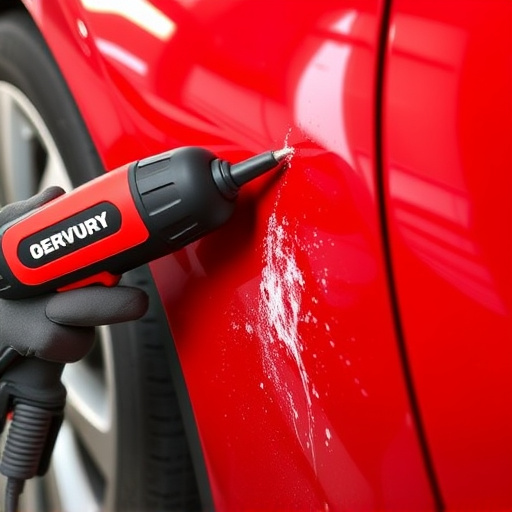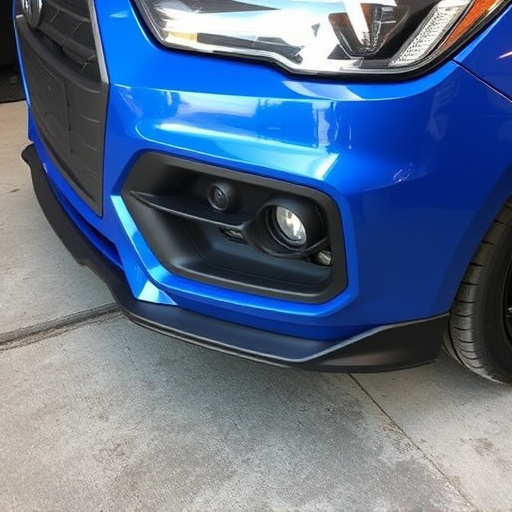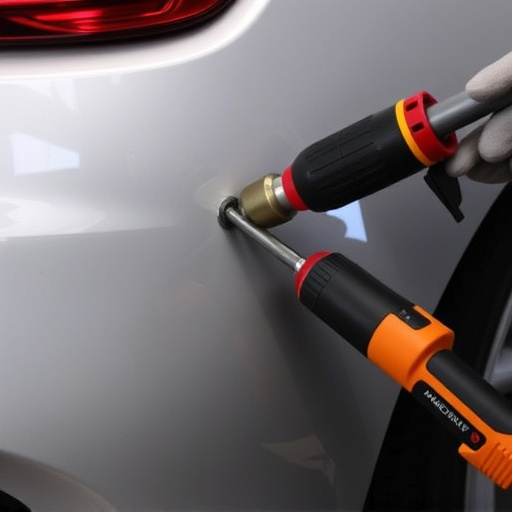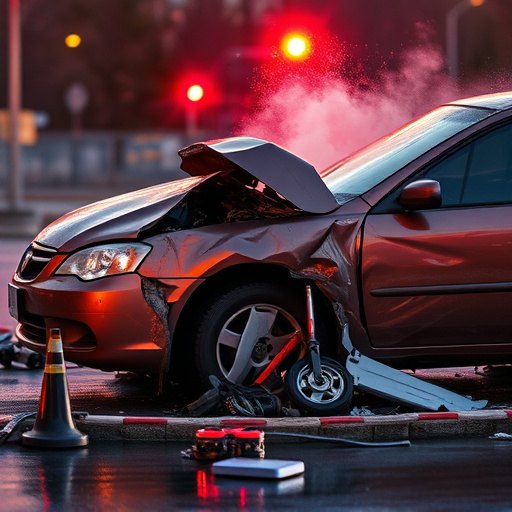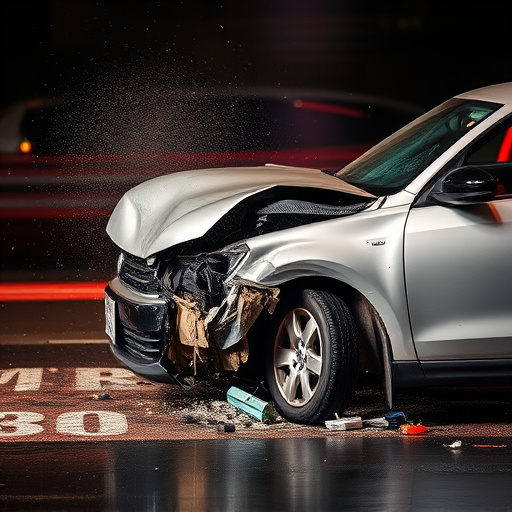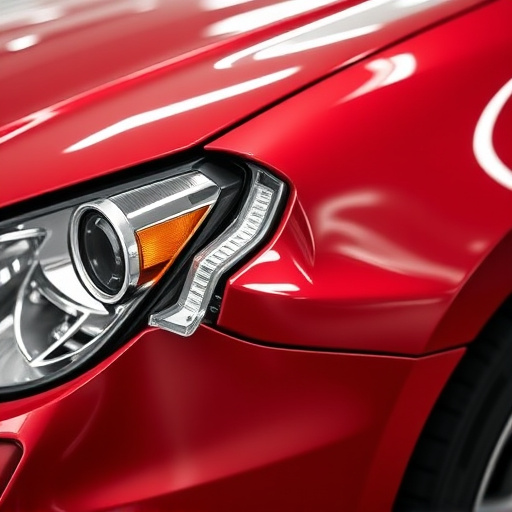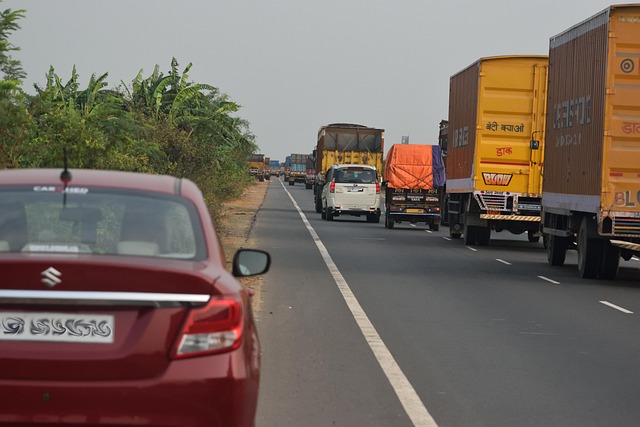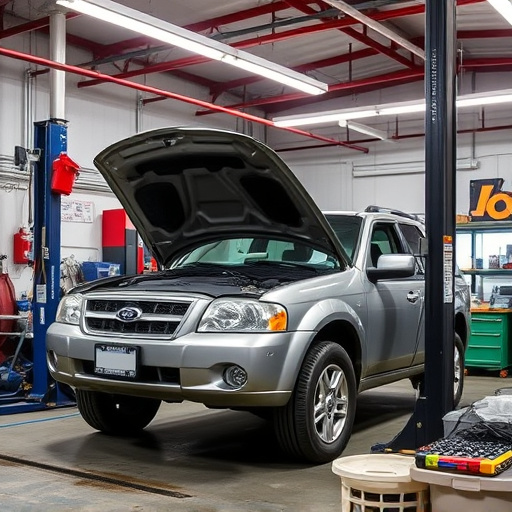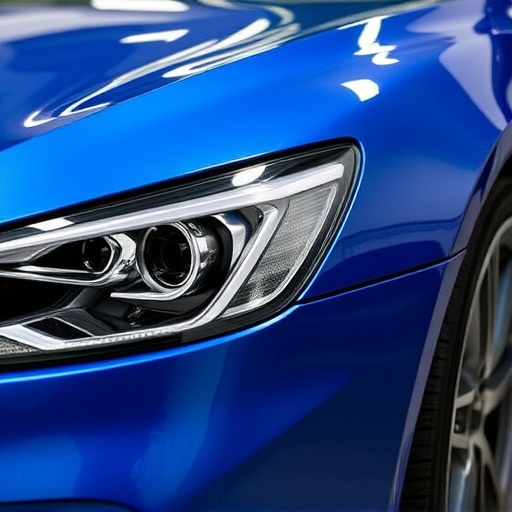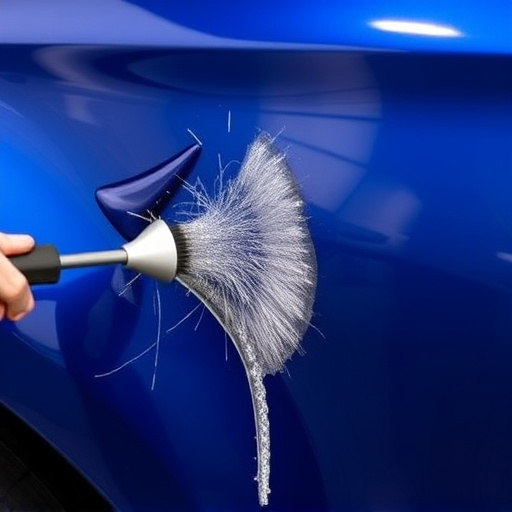Carpet replacement collision is a critical yet often overlooked aspect of vehicle safety standards. During structural repairs, shops must meticulously disassemble interiors to ensure pristine underbelly condition. Carpet replacement testing simulates crash scenarios to gauge energy absorption capabilities, reducing occupant force. Advanced materials, installation techniques, and integrated safety features like air bags enhance carpet systems' performance, shaping the future of safer collision repair solutions in vehicles.
Carpet replacement, a seemingly simple task, presents an unexpected challenge to vehicle safety standards. Known as carpet replacement collision, this phenomenon occurs when new carpeting interacts with vehicle components during a crash, potentially compromising structural integrity and passenger protection. This article delves into the unique safety implications of carpet replacement, exploring how it affects crash testing protocols and driving future innovations towards safer installations. Understanding these dynamics is crucial for navigating evolving vehicle safety regulations.
- Understanding Carpet Replacement Collision: A Unique Challenge in Vehicle Safety
- The Impact on Crash Testing and Safety Standards
- Innovations and Future Prospects for Safer Carpet Installations
Understanding Carpet Replacement Collision: A Unique Challenge in Vehicle Safety
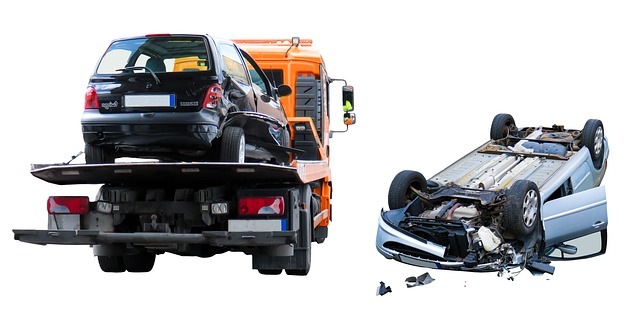
Carpet replacement collision presents a unique challenge within vehicle safety standards, often overlooked yet significant. When a car experiences damage that requires both carpet and structural repairs, the process becomes intricate. Many collision repair shops face the task of replacing not just the visible components but also ensuring the underbelly of the vehicle is in pristine condition. This involves meticulous attention to detail, from disassembling the interior to accessing hidden areas affected by the impact.
Understanding carpet replacement collision is crucial for both car body shops and vehicle owners. It highlights the importance of comprehensive vehicle collision repair, where every part, even seemingly minor ones like flooring, plays a role in overall safety. Efficient handling of such cases ensures not just aesthetic restoration but also maintains the structural integrity vital to protecting occupants during future drives.
The Impact on Crash Testing and Safety Standards

When evaluating vehicle safety, every component plays a crucial role, including seemingly minor parts like carpet replacement. In the event of a collision, the interaction between the car’s interior and external impact can significantly affect passenger protection. Carpet replacement collision testing has emerged as an essential aspect of crash safety standards. These tests simulate various scenarios to understand how well the carpeting absorbs energy during a crash, reducing the force experienced by occupants. By subjecting cars to controlled bumper repair simulations, auto repair services can assess the overall integrity of the vehicle’s bodywork and its ability to protect passengers.
Auto bodywork experts collaborate with safety engineers to ensure that even routine carpet replacement doesn’t compromise structural integrity. This meticulous process involves not only fitting new carpets but also ensuring proper alignment and fitment to prevent any gaps or misalignments that could negatively impact crash testing results. As a result, these tests contribute to the ongoing development of stringent safety standards, ultimately making our vehicles safer on the road.
Innovations and Future Prospects for Safer Carpet Installations

The future of carpet replacement in vehicles looks promising with innovations aimed at enhancing safety standards. Manufacturers are developing advanced materials and installation techniques to minimize the impact of carpet replacement collisions, a key aspect of vehicle collision repair. These new approaches focus on improving impact absorption and energy distribution, ensuring better protection for occupants during accidents.
Car body shops are adopting smart solutions like high-tech adhesives, specialized underlayments, and precision cutting methods. By optimizing these aspects, the risk of carpet shifting or delaminating in case of a collision is significantly reduced. Moreover, integrating advanced safety features directly into the carpet system, such as integrated air bags or dynamic crash response materials, holds promise for future vehicle models. This evolution in carpet replacement technology reflects a broader trend in the automotive industry towards smarter and safer vehicle collision repair solutions.
Carpet replacement collision, though often overlooked, significantly impacts vehicle safety standards. As these collisions are unique in their dynamics and effects, they demand specialized consideration in crash testing. The industry’s response has been innovative, leading to improved safety features and installation techniques. Moving forward, continued research and development will be crucial to further enhancing carpet safety, ensuring both aesthetic appeal and passenger protection in vehicles worldwide.
